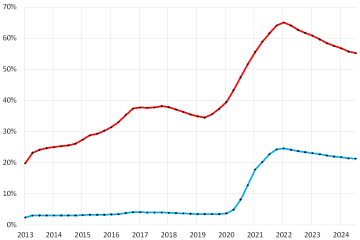Exploring Pi Network: The Future of Digital Currency

Introduction to Pi Network
In recent years, the concept of cryptocurrency has gained immense popularity. Among the various digital currencies emerging in the space, Pi Network has piqued the interest of millions globally. Launched in March 2019 by Stanford graduates, Pi Network seeks to simplify the process of mining cryptocurrency and make it accessible to anyone with a smartphone. Its relevance comes from the increasing demand for user-friendly digital payment solutions in a financially evolving landscape.
The Mechanism Behind Pi Network
Pi Network operates on a unique consensus protocol known as the Stellar Consensus Protocol. Rather than traditional mining methods that require extensive computational power and energy consumption, Pi Network allows users to mine coins using their mobile devices at no cost. Users are rewarded with Pi coins simply for logging into the app daily and hitting the circular button to confirm their presence. This method democratises the cryptocurrency mining process, making it accessible to a broader audience.
Current Developments and Community Engagement
As of October 2023, Pi Network has successfully amassed over 45 million users worldwide. This growing community is vital for the currency’s goal of achieving a stable network as it moves towards the next phase of its roadmap, which includes the launch of its mainnet. Community engagement is a key pillar, as users are encouraged to share knowledge about cryptocurrency, finance, and Pi’s own ecosystem. Moreover, the development team continuously updates the app, offering enhanced features, such as wallet services and merchant integrations, to stimulate user interaction and retention.
The Future of Pi Network
Looking ahead, Pi Network aspires to establish itself as a mainstream digital currency. The team aims to bring Pi coins into the real-world economic environment through partnerships with various merchants and service providers. If these ambitions materialise, Pi Network could play a significant role in the future of transactions and personal finance, allowing users to spend their coins in practical ways beyond mere speculation.
Conclusion
As digital payments continue to evolve, Pi Network holds promise as a future player in the cryptocurrency arena. Its user-friendly approach and community-driven model make it a potential paradigm shift in how cryptocurrencies are perceived and used globally. While challenges remain, such as regulatory concerns and competition from established cryptocurrencies, the success of Pi Network hinges on its ability to grow its user base and enhance its functionalities in a way that appeals to the broader public.









